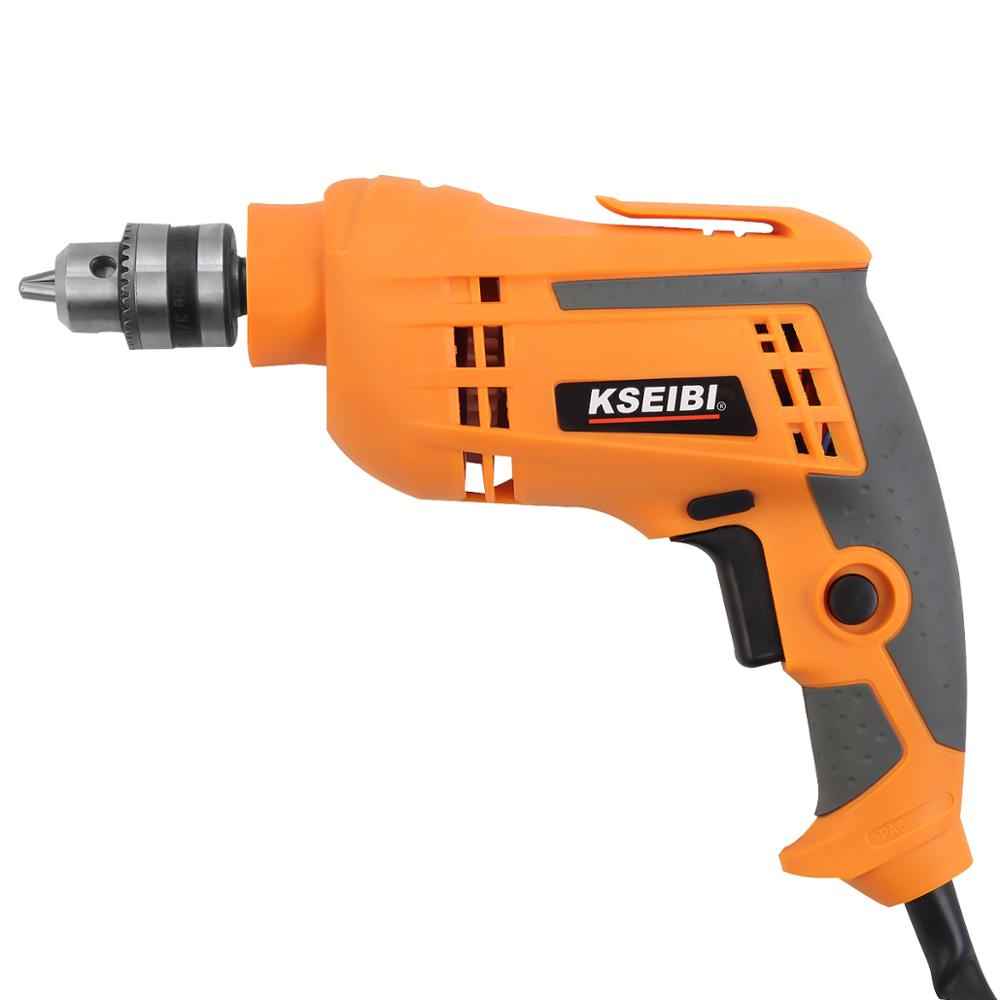The realm of DIY and home improvement often confronts us with challenges when the trusty drill is not readily available. In such situations, the question arises: Can you drill without a drill? This article aims to explore ingenious alternatives and methods, providing practical insights for those moments when a traditional drill is out of reach.
- Improvisation with Everyday Tools:
- Screwdriver and Hammer: Discussing how a screwdriver and hammer can be wielded in tandem to create a manual drilling effect, suitable for lighter tasks.
- Awl or Nail and Hammer: Exploring the use of an awl or nail and hammer for precision hole creation, particularly in wood or softer materials.
- Power Drill Alternatives:
- Cordless Screwdriver: Unveiling the capabilities of cordless screwdrivers for small-scale drilling tasks, offering convenience and portability.
- Rotary Tools (Dremel): Exploring the versatility of rotary tools like Dremel for precision drilling in various materials, particularly useful for intricate work.
- Harnessing Mechanical Energy:
- Hand-Cranked Drill: Introducing the concept of hand-cranked drills, harkening back to manual drilling methods powered by human effort, suitable for small projects.
- Bow Drill: Delving into the ancient technique of the bow drill, traditionally used for woodworking, demonstrating its adaptability for modern drilling needs.
- Improvised Drilling Aids:
- Corkscrew and Plunger: Showcasing the unconventional yet effective use of a corkscrew and plunger for creating holes in softer materials, providing a quick fix in a pinch.
- Bicycle-Powered Drill: Introducing the concept of a bicycle-powered drill, demonstrating how mechanical energy can be harnessed for drilling through various materials.
- Precision Techniques for Delicate Work:
- Hot Metal Rod: Discussing the precision of using a hot metal rod for drilling through plastic or softer materials, showcasing an alternative approach for specific applications.
- Hand-Twist Auger Bits: Exploring hand-twist auger bits as a manual option for creating clean and controlled holes, particularly in woodworking projects.
- Safety Considerations and Best Practices:
- Eye Protection: Emphasizing the importance of wearing eye protection, regardless of the drilling method used.
- Material Compatibility: Advising users to consider the type of material and its properties when opting for unconventional drilling methods.
- Knowing When to Seek Professional Help:
- Complex Projects: Acknowledging the limitations of improvised drilling methods for complex projects and recommending professional assistance when necessary.
Conclusion:
While a drill is a versatile and indispensable tool, there are instances when ingenuity and resourcefulness come to the forefront. By exploring alternative methods and tools, individuals can navigate drilling challenges without a conventional drill, showcasing the adaptability and creativity inherent in the DIY spirit.

